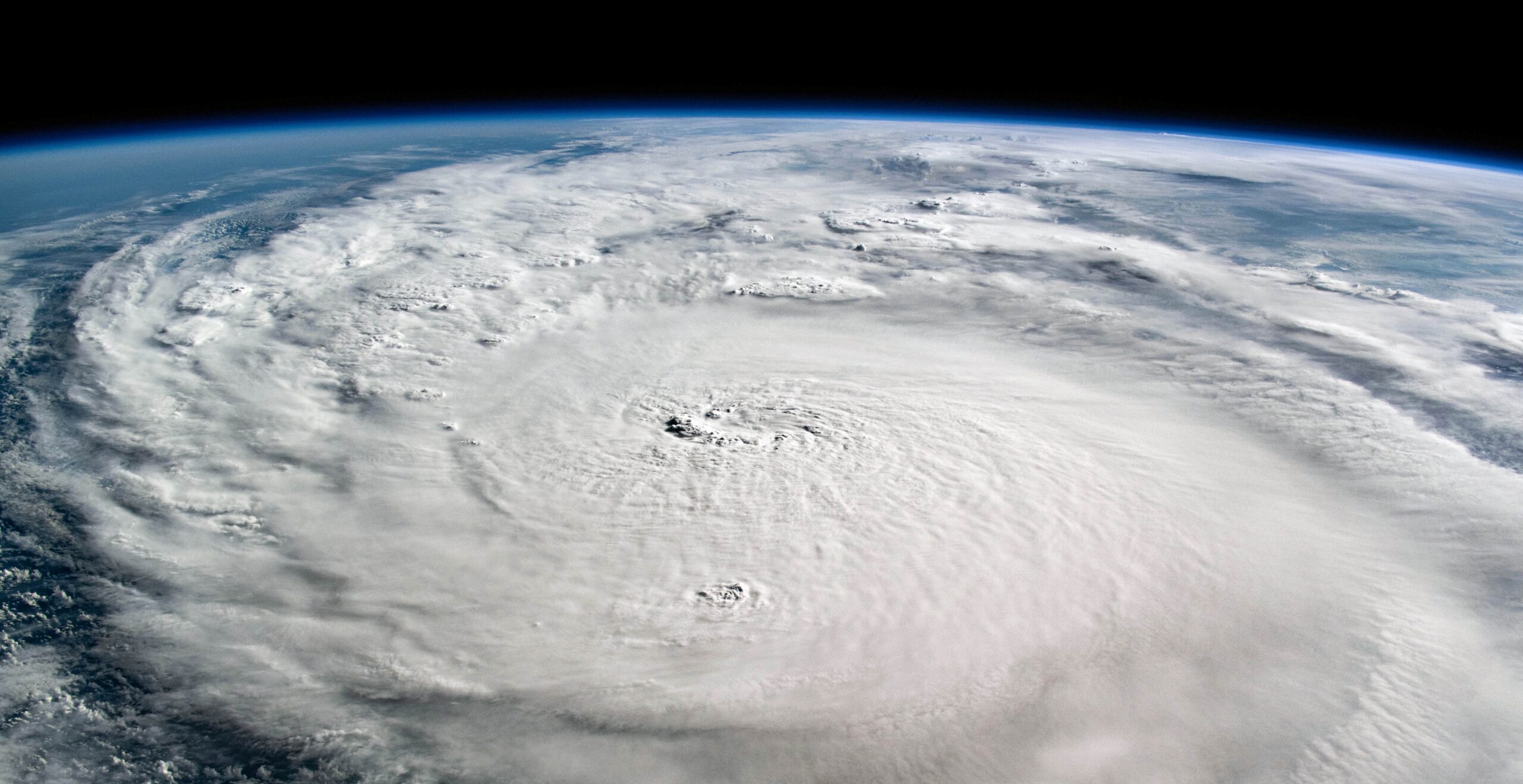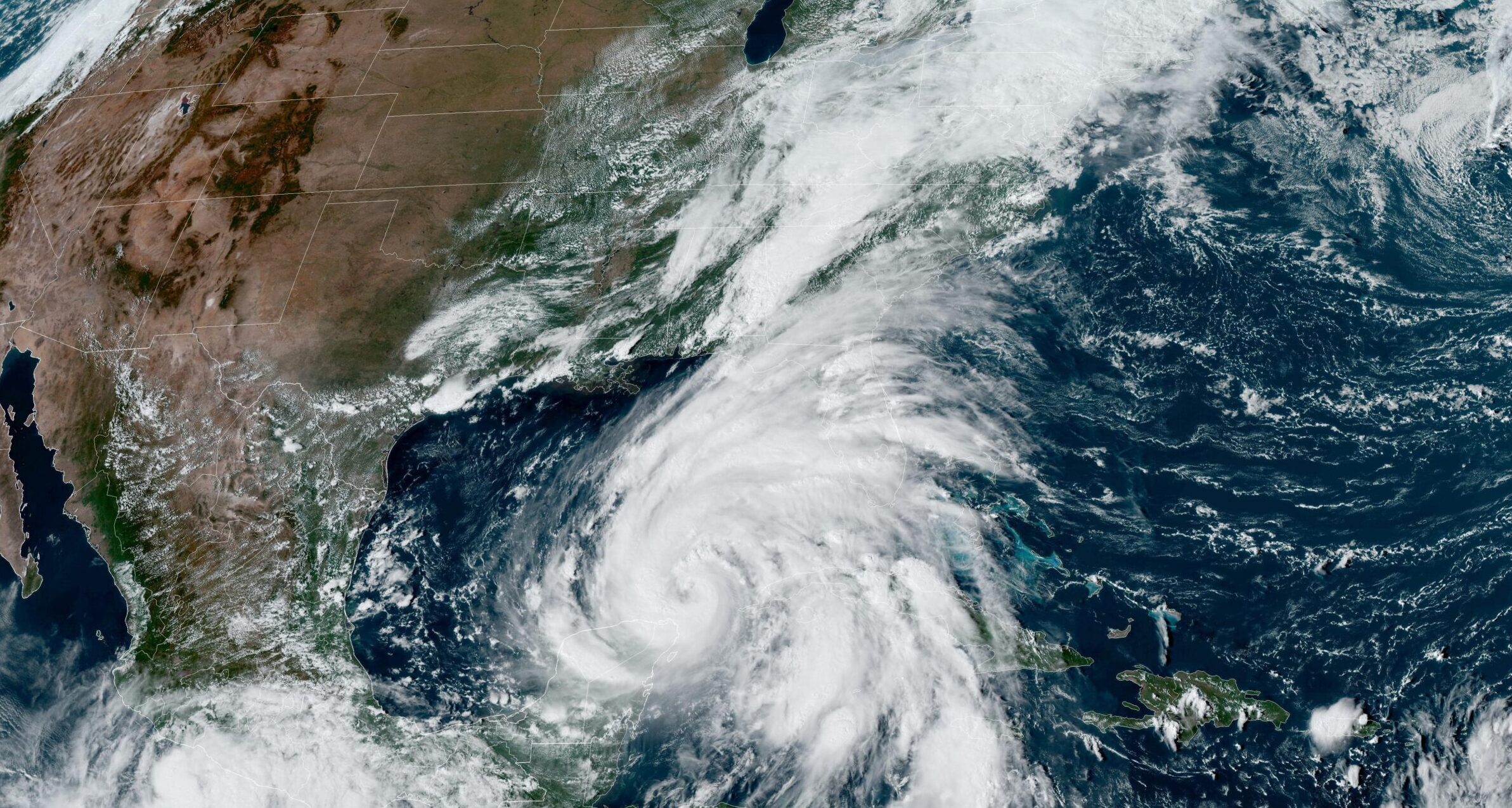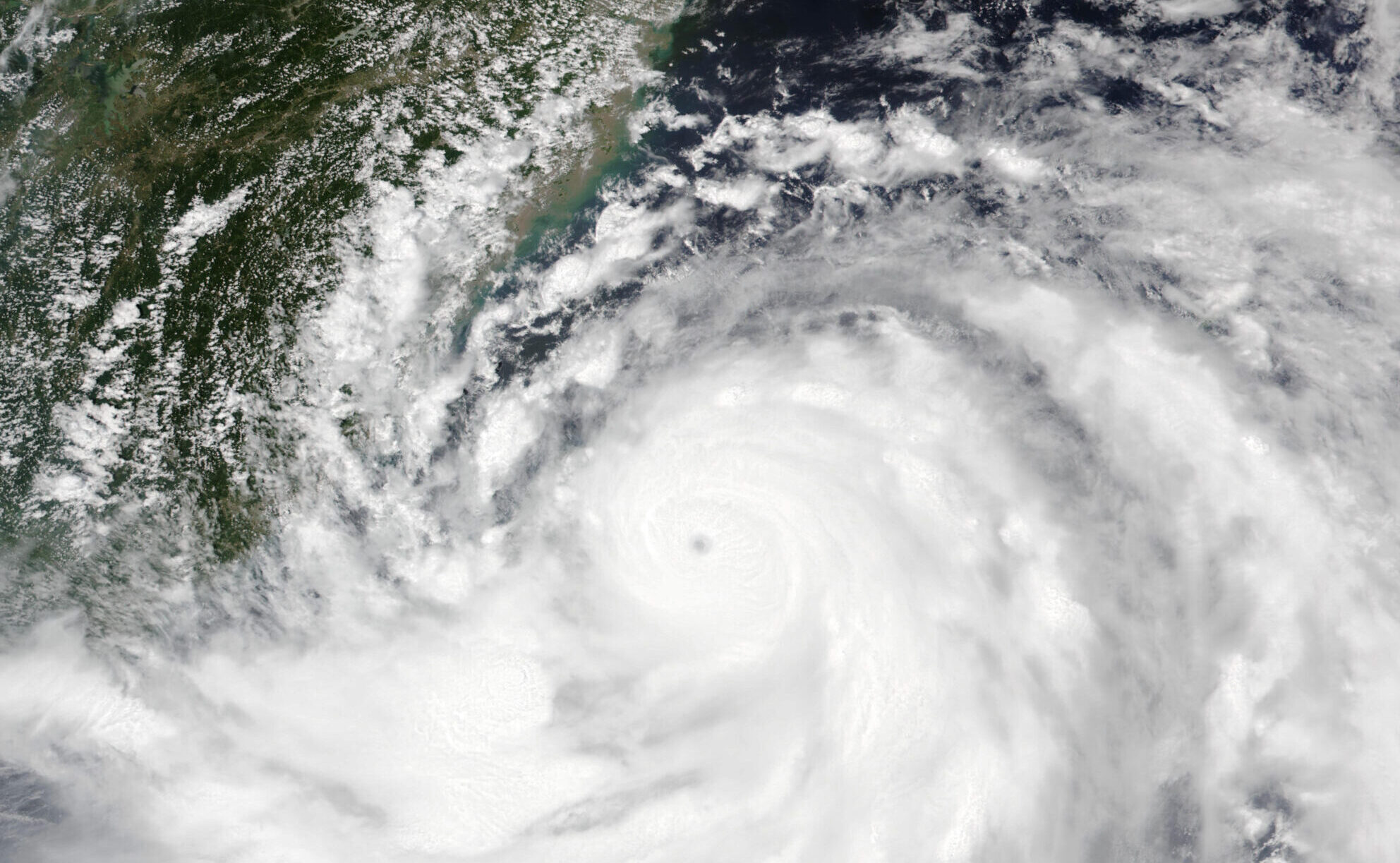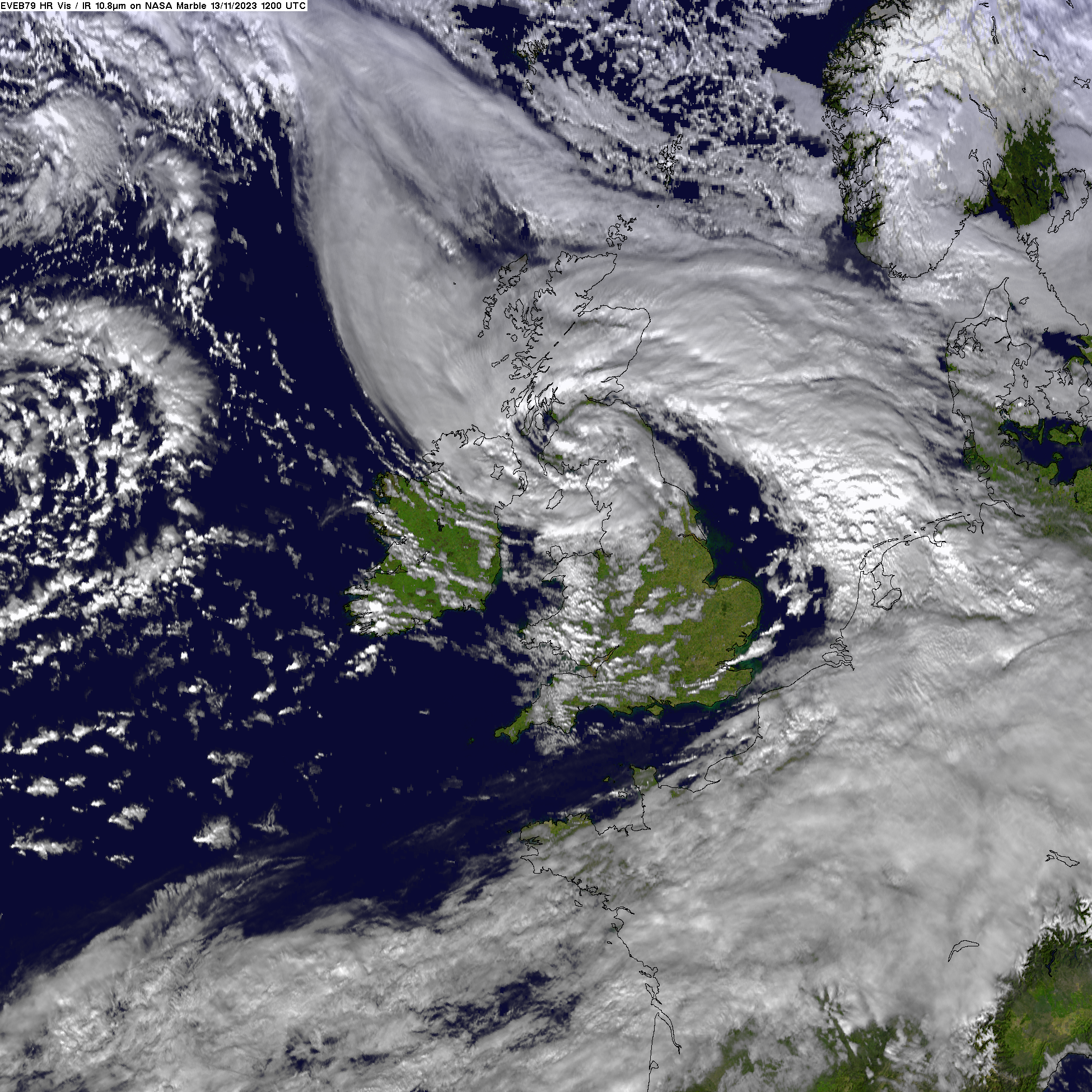In the summer of 2003, a devastating heatwave killed more than 70,000 people across Europe.
10 years of rapidly disentangling drivers of extreme weather disasters


In the summer of 2003, a devastating heatwave killed more than 70,000 people across Europe.

Hurricane Milton began as a tropical depression in the Gulf of Mexico on Saturday 5th October. It very rapidly intensified to tropical storm status, before undergoing explosive intensification to a high category 5 between Sunday 6th and Monday 7th, as it moved southeast towards the Yucatan Peninsula (NOAA, 2024), where the central pressure fell to … Continue reading “Yet another hurricane wetter, windier and more destructive because of climate change”

Late on September 26th, Hurricane Helene made landfall at category 4 on the Saffir-Simpson scale on the panhandle of Florida, bringing high winds, extreme rainfall and storm surges to coastal areas.

Typhoon Gaemi (known in the Philippines as Super Typhoon Carina) strengthened into a tropical storm on July 20th while tracking northwest towards the Philippines.

During the winter half-year of 2023/2024, western Europe experienced a series of damaging storms. These storms led to disruptions and the associated precipitation caused exacerbated flood risks.